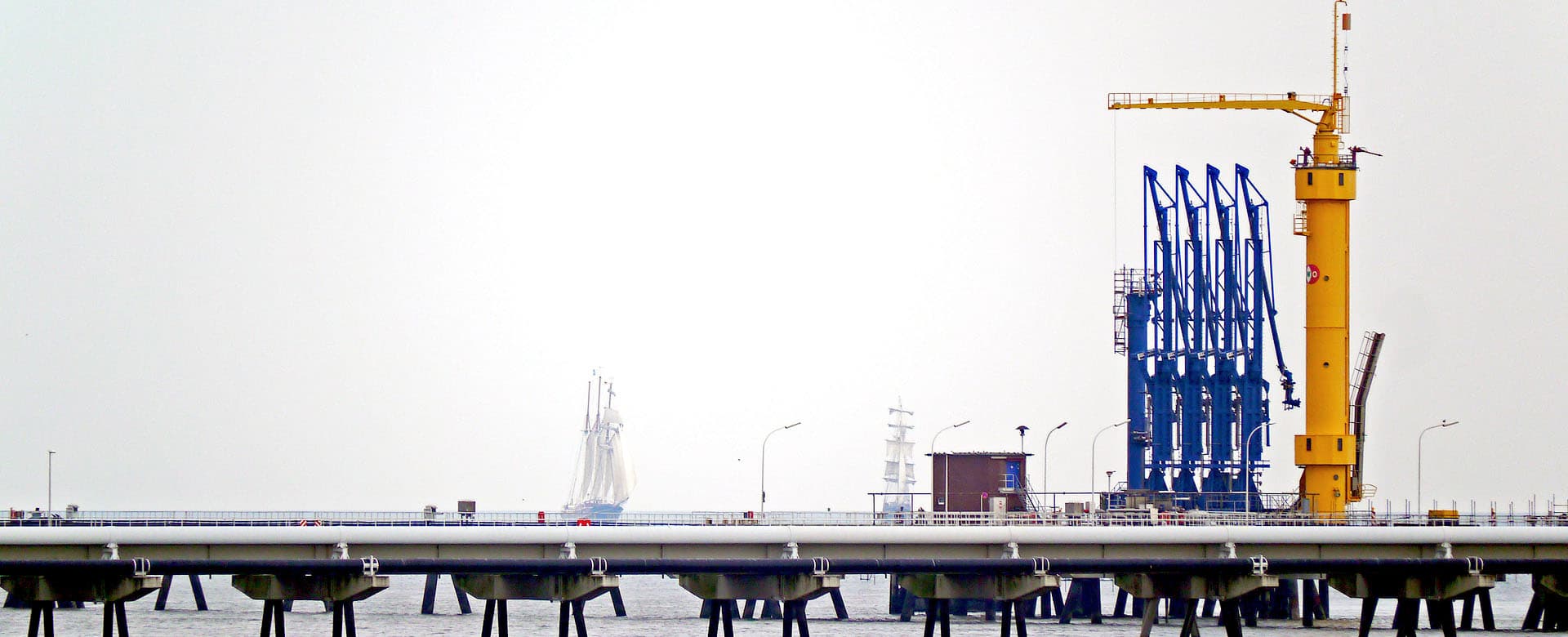Frequently Asked Questions of Marine Grade Paint Coating
Marine coatings are protective coatings used to protect ships, vessels, tankers and other products from saline water or fresh water in the marine environment. Marine coatings is a type of waterproof coating their protective layers that are applied to surfaces exposed to or immersed in fresh, brackish, and/or salt water.
In modern ship building facilities there are different paints are applied to protect different parts of ship. Marine grade coatings come in four types:
- Anti fouling coatings
- Anti corrosion coatings
- Chemical resistant paint
- Epoxy resins coating
- Enamel paints
- Others – self-cleaning and self-polishing coatings
Marine epoxy coatings typically dry to the touch within three hours and are fully cured after seven days at 25 °C. During the healing process the time to complete cure is highly dependent on ambient and surface temperatures. The curing reaction slows rapidly at temperatures below 10 °C. If it's important to your project, cure it dry, slow and long. Cold curing does not carry very good strength.
These coating offer protection to surface from corrosion and abrasion. Basically, modern ship hulls being done red are for the sake of tradition. Pretty much any color can be used for the special marine grade paint vessels are slathered with, but that coating is essential to large ship operations.
Bottom marine paint prevents the growth of organisms connected to the hull and can affect the speed, efficiency and longevity of a vessel when the vessel is kept in the water for long periods of time. Antifouling bottom marine paint typically has a flat, dull finish that is used below the waterline. If you don’t have that problem, you may not need bottom marine paint.
The issue is that these substances leach from the paint into water from the sea and are consumed by marine life. These will remain persistent and substances in the environment, and increase concentration up the food chain.















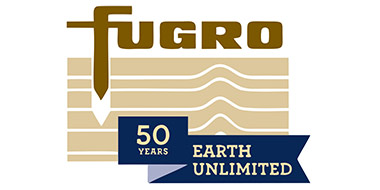


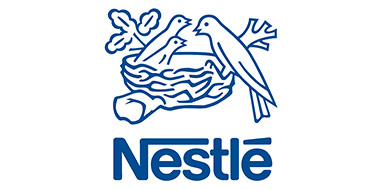













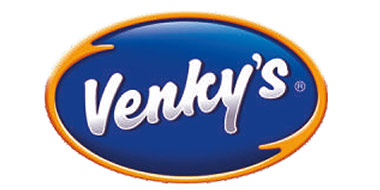






























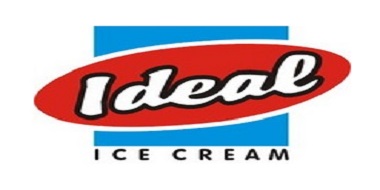
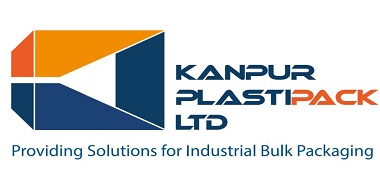





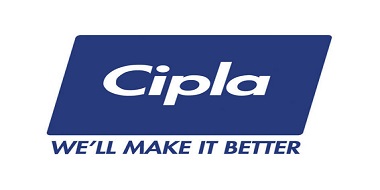
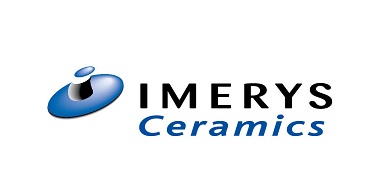













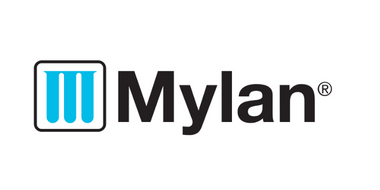










.png)

